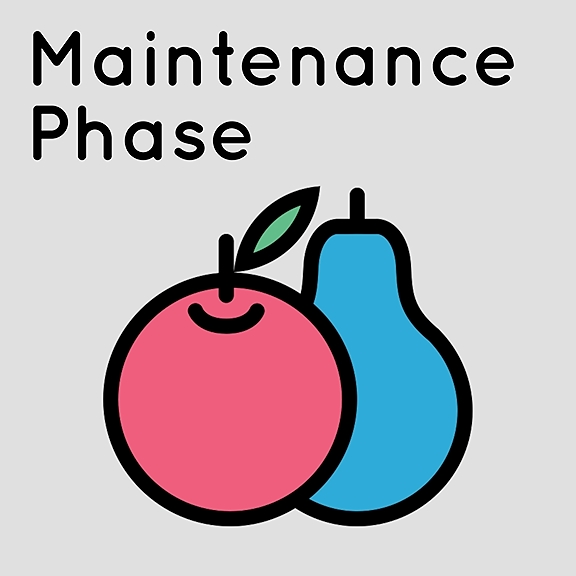
Connecting the Dots? Anxiety, Depression and Sleep Apnea
How many people are aware that symptoms of Sleep Apnea (SA) & depression overlap? There is a bidirectional nature between anxiety, depression, and SA. Most would be surprised to learn that there is a large percentage of people with SA who also have depression or anxiety.
Our mental health is on a continuum and life’s challenges can tax our coping skills. When unrefreshing sleep or sleepless nights are added to a busy life, there may be things that happen which harm our mood. A study found that after a sleepless night, study participants had a difficult time shifting away from intrusive and repetitive thoughts which are also seen as symptoms of depression & anxiety.
Sleep fragmentation also contributes to disrupting our emotions. A study was able to show that after an evening of sleep fragmentation, participants had a difficult time telling the difference between neutral events and emotional events. It showed that the portion of the brain (Amygdala) partly responsible for processing emotions is affected by lack of sleep. This demonstrates yet another bidirectional feature of sa and mh.
Various neurotransmitters are involved in both sleep modulation as well as anxiety & depression. Sa also causes some neurotransmitters to be activated in the brain which can add to depression and anxiety. We touched on these neurotransmitters in Ep 3. The neurotransmitter GABA is the brains excitatory neurotransmitter & Glutamate is the brains inhibitory neurotransmitter.
We are advocating that all listening, continue all prescribed treatment & that they don’t change any treatment based on information contained in this ep. There is some promising evidence that use of a Continuous Positive Airway Pressure (CPAP) machine to treat sleep apnea can also help with depressive symptoms. The participants of a study who were also met the criteria for depression upon entering the study, reported less depressive symptoms after three months of continuous use of CPAP.
Another study found that those who previously met the criteria for depression and experienced sa, & cardiovascular disease showed improvement after use of a CPAP. This notion of fight or flight playing a role in our emotions is important when considering all of the relationships between sa and neurotransmitters. MH professionals would benefit from knowing these links are closer than they realized. As patients, we benefit when our medical providers collaborate. Patients in therapy for depression or anxiety may help play an important role in their own care. They may be in a position to raise the awareness level of their mh care team by utilizing the Epworth Sleepiness Scale and the STOP-BANG.
Find help in the US:
Texting HOME to 741741 for 24/7 support fort the crisis text line
Calling NAMI 800 950-6264
Suicide Prevention 800 273-8255
Text TalkWithUS @ 66745




















